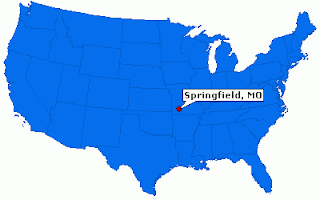Los Angeles Today
(http://www.youtube.com/watch?feature=endscreen&v=uGcDed4xVD4)
Presently, Los Angeles experiences fairly consistent temperatures throughout the year due to its maritime location. The precipitation is highest during the spring and winter months, and dry during the summer months.(http://www.csun.edu/~klb27749/junk/spreadsheets/graphs-pdf.pdf)
Earth 100 million years ago
(http://www.ncdc.noaa.gov/paleo/ctl/cliscibeyond.html)
For the sake of this assignment, let's speculate what LA would have been like if it remained above ground. 100 million years ago there was overall higher temperatures, with ocean temperatures up to 27 degrees Fahrenheit higher than today's. With a lower temperature gradient throughout the earth, ocean currents and winds were less powerful. Los Angeles continues to be at about the same latitude, so the biggest effect would have been the increase in ocean temperature. With an overall increase the climate would be comparable to a tropical climate.
Los Angeles 100 Million Years from now
(http://www.youtube.com/watch?feature=endscreen&v=uGcDed4xVD4)
In the future, Los Angeles will return to its location underwater. If it were not underwater, the impact of any shifting would not be as great as in some locations once again because of its maritime location and little change in latitude. Although as seen before, the ocean temperatures do have an impact. Where currently a year-round cool ocean breeze keeps a consistent temperature year round, the increase in ocean temperature would increase the city's temperature.
Should temperatures increase to as they were 100 million years ago. We would see another humid and warm tropical-esque climate for Los Angeles (See climograph for 100 mya). Of course, this is only if the city weren't entirely underwater.










